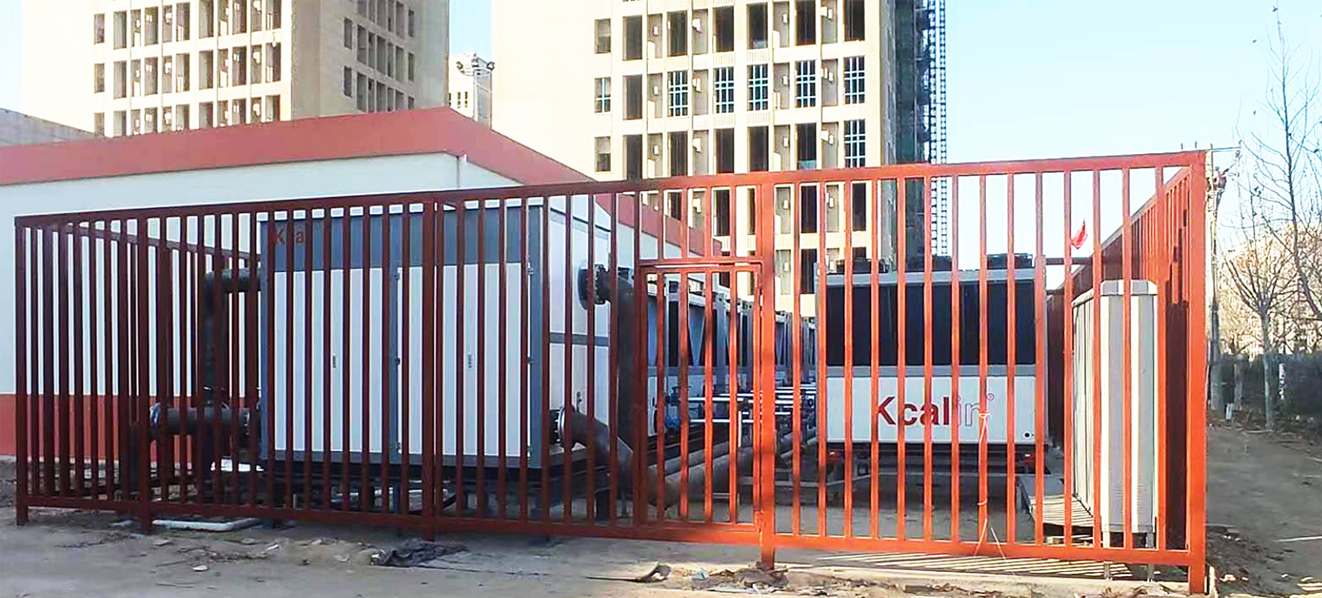In industrial production, heating equipment is not only to provide comfortable indoor temperature, but also an important factor in ensuring production efficiency and product quality. With the increasing awareness of energy conservation and environmental protection, air source heat pumps, as an efficient and clean heating method, are gradually becoming a choice in the industrial field.
Characteristics of Air Source Heat Pump Industrial Heating Equipment
Efficient and energy-saving: Air source heat pumps use low-temperature thermal energy in the air for heating, without the need for additional fuel. They only consume a small amount of electrical energy to drive the compressor, achieving efficient energy utilization and significantly reducing energy consumption, thereby achieving the goal of energy conservation and emission reduction.
Environmentally friendly and clean: Compared to traditional coal-fired heating methods, air source heat pumps do not produce waste gas, wastewater, and noise, do not require fuel combustion, do not produce pollutant emissions, are environmentally friendly, and are conducive to improving the working environment and protecting the ecological environment.
Safe and reliable: The air source heat pump industrial heating equipment adopts a closed loop system, which operates stably and reliably, is not affected by weather conditions, and is suitable for the heating needs of various industrial places, ensuring the continuous production.
Multifunctionality: Air source heat pumps can not only provide heating, but also reverse cooling in summer, achieving cooling effects and providing comfortable temperature and environmental conditions for industrial production throughout the year, improving production efficiency and product quality.

The key to building an efficient HVAC system
Equipment selection: Choose air source heat pump heating equipment that is suitable for industrial needs, taking into account factors such as the area of the industrial site, heating demand, climate conditions, etc., to ensure the heating capacity and stability of the equipment.
System design: Based on the actual situation of industrial sites, design the HVAC system, including the layout of heating equipment, pipeline network design, temperature control system settings, etc., to ensure the operational efficiency and stability of the system.
Energy saving optimization: adopting energy-saving heating equipment and control systems, optimizing the operation mode of the heating system, improving energy utilization efficiency, reducing energy consumption and operating costs, and achieving the dual goals of economic feasibility and environmental protection and energy conservation.
Regular maintenance: Regular maintenance and upkeep of air source heat pump industrial heating equipment, including cleaning heat exchangers, inspecting pipeline connections, adjusting system parameters, etc., to ensure the normal operation and long-term stability of the equipment.
With the continuous development of technology and the increasing demand from society, air source heat pump industrial heating equipment will be further promoted and applied. In the future, we can foresee that air source heat pumps will become one of the mainstream choices in the field of industrial heating, providing efficient, environmentally friendly, and reliable HVAC systems for industrial production, and helping industrial development move towards a green and low-carbon future.
Air source heat pump industrial heating equipment has become an important choice for creating efficient HVAC systems in the industrial field due to its high efficiency, energy conservation, environmental protection, and cleanliness. In future development, we should fully leverage the advantages of air source heat pumps, continuously improve technology and service levels, and provide more comfortable, environmentally friendly, and reliable heating solutions for industrial production.







Comment